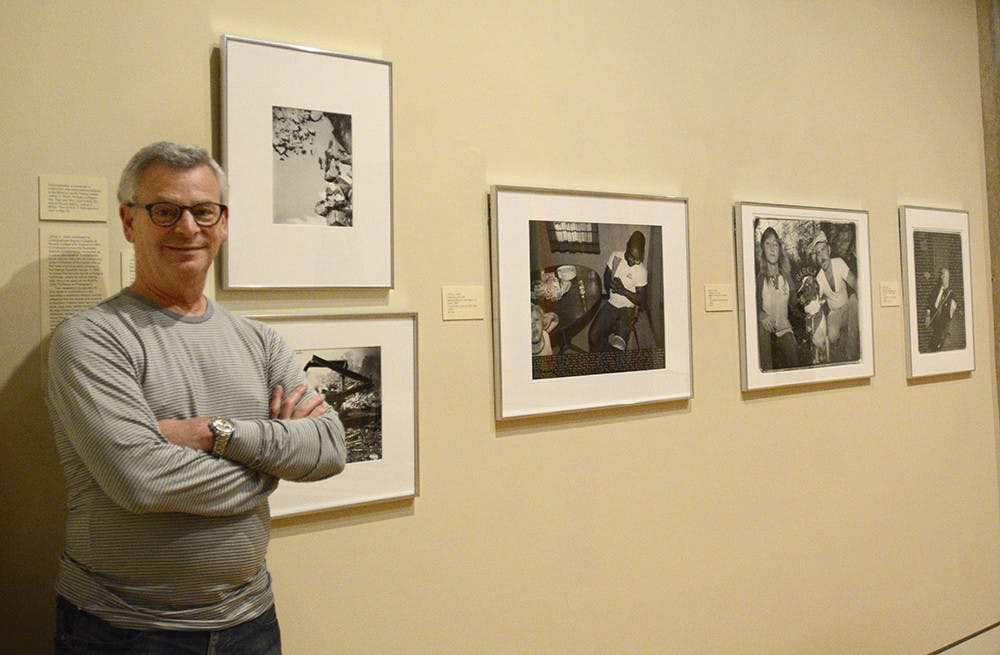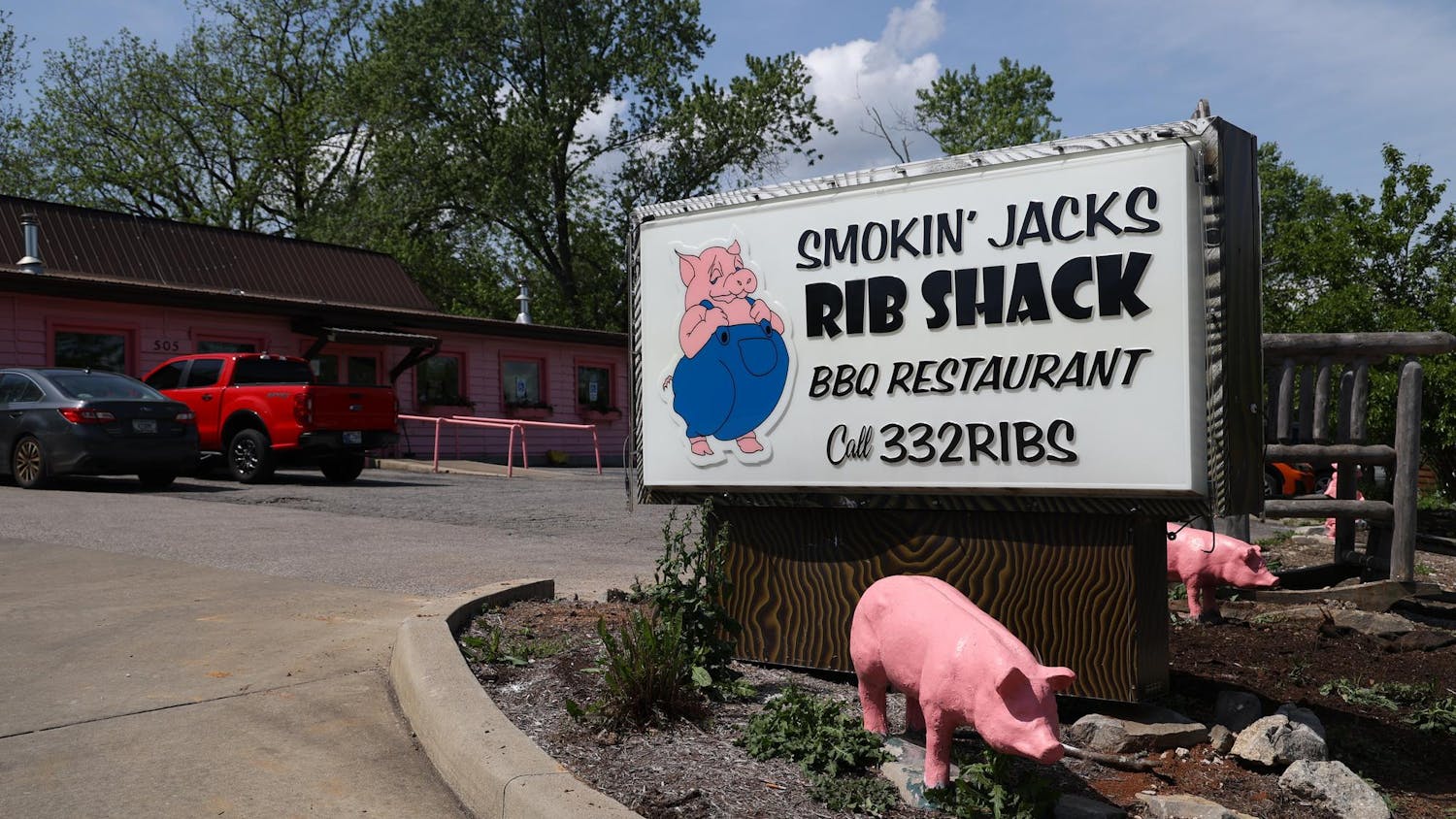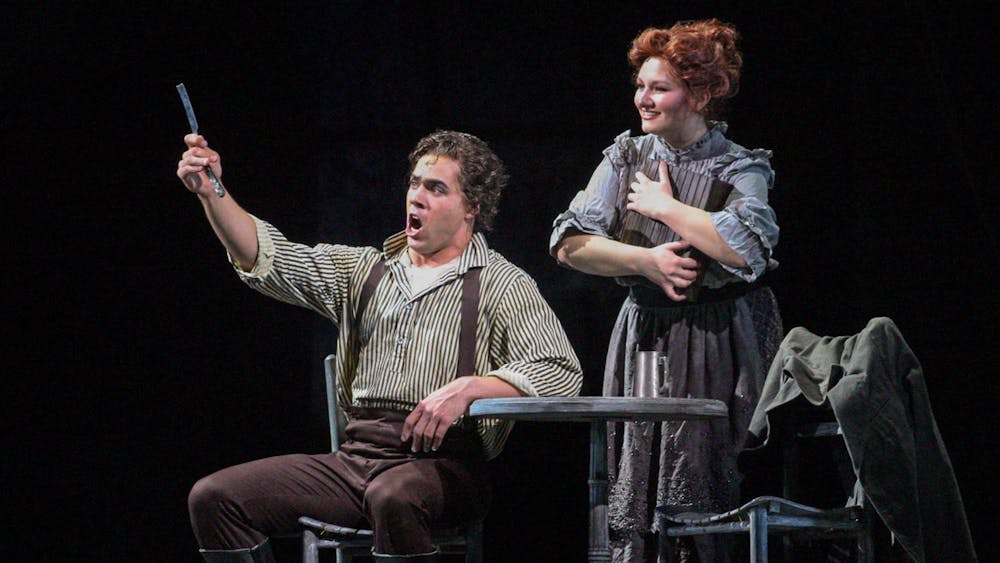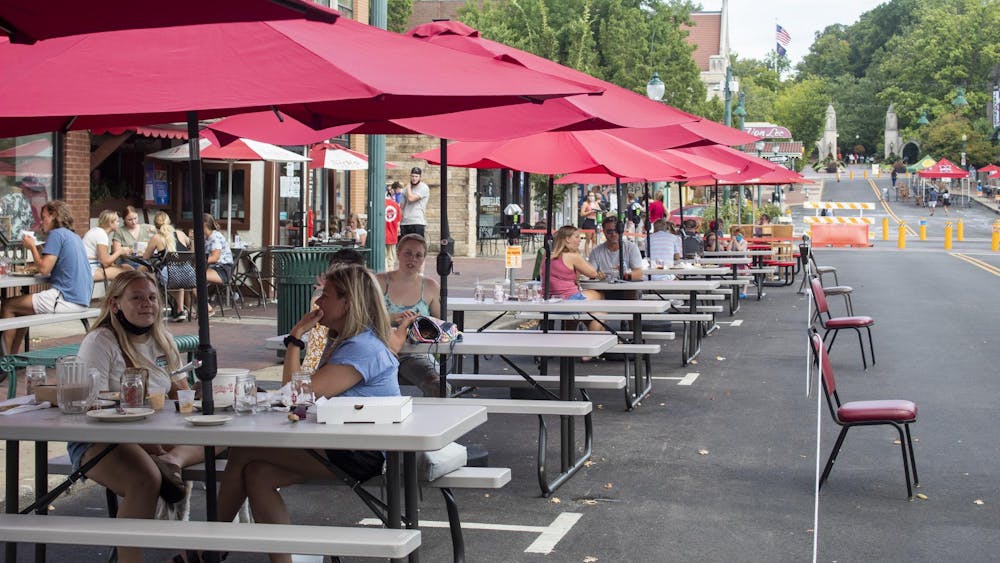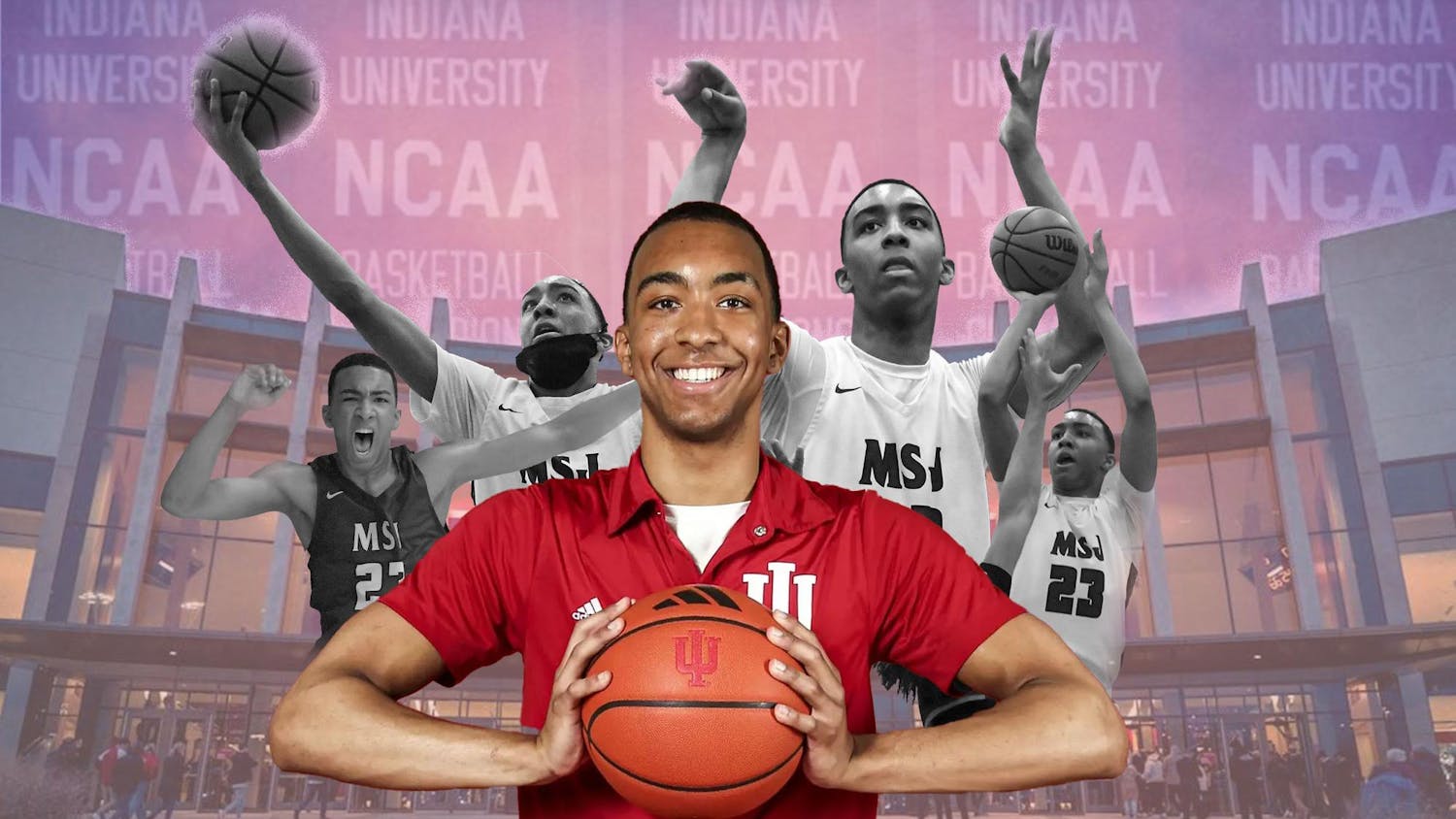Examples of his portraits are part of the permanent collections of venues worldwide: the Art Institute of Chicago, the Metropolitan Museum of Art in New York City and even the Bibliothèque Nationale de France in Paris.
Throughout his career, Wolin has photographed subjects ranging from Vietnam War veterans to Holocaust survivors to members of a Bloomington housing project, as well as his own children.
Wolin, Ruth N. Halls Professor of Photography at IU, can now add a large-scale local showcase to his list of accomplishments. Three of the city’s art epicenters — the Monroe County History Center, Pictura Gallery and the IU Art Museum — are currently displaying his work.
“Each one is a little different, but there’s overlap,”?Wolin said.
Wolin will lead a progressive tour through the three exhibits starting at 1 p.m. Sunday at the IU Art Museum. The other two locations will be explored with the group and, at each stop on the tour, Wolin will perform a gallery talk.
“If you are interested in art and photography and want to see good work, I use Bloomington, for the most part, as the starting point for most of my projects,” Wolin said.
People should come on the tour, Wolin said, if they are interested in learning about what makes a photo engaging on a new level.
“Why is it interesting to people?” Wolin said. “It’s not so much the people as juxtaposing their past and present selves, finding universality in tragedy.”
The idea of a multivenue exhibit, Wolin said, started when Jenny Mack, exhibits manager at the Monroe County History Center, inquired whether Wolin’s photo series, “Pigeon Hill Portraits: Then and Now,” would be a traveling exhibit.
This collection in particular revolves around the residents of the housing project called Crestmont, an area commonly referred to as “Pigeon Hill.” Wolin said he was inspired to take the first batch of shots after learning of the murder of Ellen Marks, a Pigeon Hill resident and former IU graduate student, in 1986.
“It was a brutal murder and it captured all of our attention,” Wolin said. “I had been a police photographer before I’d gone to graduate school. I was always interested in crime and punishment and forensics. Her murder captivated me and I decided to go up on the hill and start photographing.”
The initial photographs for this series were taken over a four-year span, from 1987 to 1991. In 2010, Wolin saw on the front page of the Herald-Times that one of the women he photographed years before had been murdered.
That event, Wolin said, sparked within him a need to return to Pigeon Hill to find some of his original subjects, to see where they were in their lives all these years later. The process was emotionally and technically difficult, though Wolin was able to find many of his former subjects through his volunteer work teaching photography to children at the Hill and, in some cases, using social media. The other two galleries, Wolin said, contacted him after learning about the show at the history center.
“The Pictura Gallery people were talking to me about doing a show,” Wolin said. “Then, when the Indiana University Art Museum heard about it, it became this larger, multi-component exhibition.”
Pictura Gallery, Wolin said, will display a range of his work. A few portraits come from two connected series on the Vietnam War titled “Inconvenient Stories: Vietnam War Veterans” and “Vietnamese Veterans: Portraits of the Other Sides.”
Wolin also included photos inlaid with captions, a technique he used both in the Pigeon Hill photos and a collection of portraits of Holocaust survivors called “Written in Memory: Portraits of the Holocaust.”
He said IU Art Museum will feature the smallest installation of his work, mainly early portraits he took in collaboration with Scott Sanders on industry, quarry and mill workers.
Wolin said his start in photography came when it gained popularity on the college scene in the 1970s. He got a job in order to buy his first SLR camera and set out on a road trip with a friend, traveling from New York up through Canada and finally ending up in Southern California.
“I was an English major at the time,” Wolin said. “Photography was an opportunity to tell stories, to give a visual narrative. I studied science, but I didn’t see myself doing that for the rest of my life. I didn’t like that work.”
Now, he said, he’s a part of one of the oldest MFA photography programs in the country and is grateful to be part of a great school with many prolific alumnae. He is in a field he is passionate about and has skills to pass on.
“When I picked up a camera, that was the ‘it’ moment,” Wolin said. “I just thought I could do something different than anyone else and make a life doing this.”

